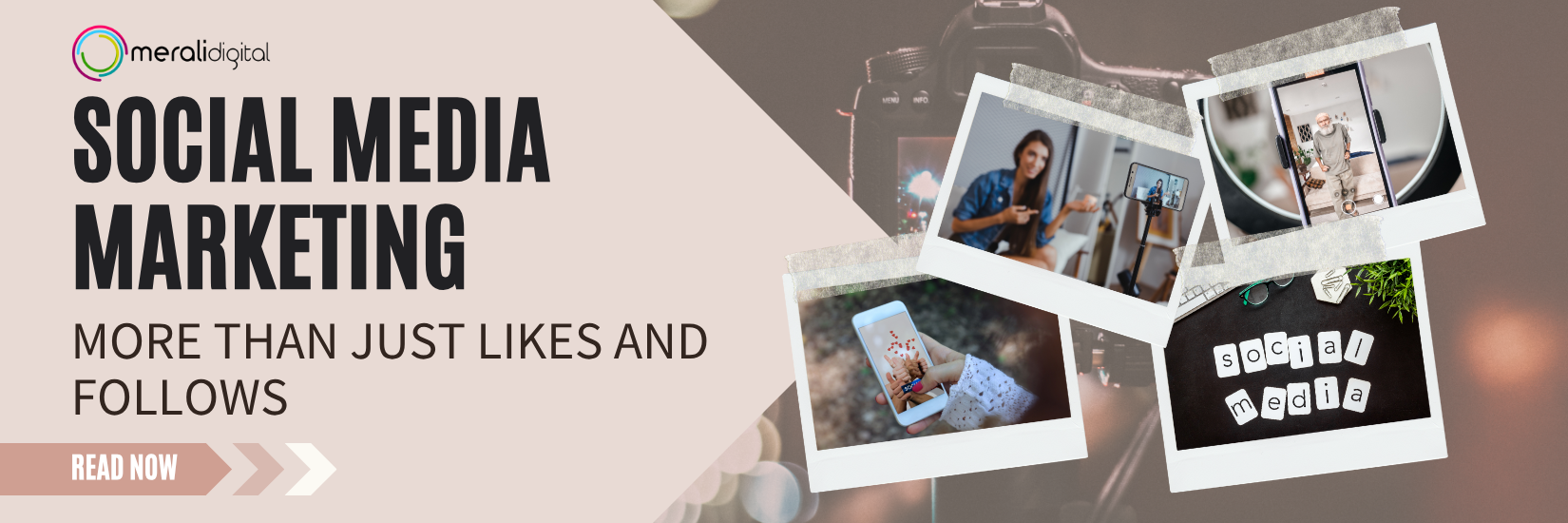 Social Media Marketing: More Than Just Likes and Follows
Social Media Marketing: More Than Just Likes and Follows
Social media marketing goes beyond likes - it builds real connections, strengthens brand identity, and drives measurable growth when used with strategy and purpose.
Read More The Power of Content Marketing: Why Quality Content Still Wins
The Power of Content Marketing: Why Quality Content Still Wins
Quality content builds trust, boosts SEO, and supports every stage of the customer journey. Content marketing remains a powerful way to attract, engage, and convert in today’s digital world.
Read More Why Digital Marketing Matters More Than Ever
Why Digital Marketing Matters More Than Ever
Digital marketing boosts visibility, builds trust, and offers flexible, cost-effective ways to reach and grow your audience—making it essential for success in today’s digital-first world.
Read More Elevate your business with LinkedIn!
Elevate your business with LinkedIn!
Looking to elevate your business? 6 ways to use LinkedIn...
Read More Benefits of online marketing
Benefits of online marketing
"Discover the numerous benefits of online marketing for your business. From increased reach to cost-effectiveness, learn how online marketing can help you achieve your marketing goals. Read our blog now!"
Read More